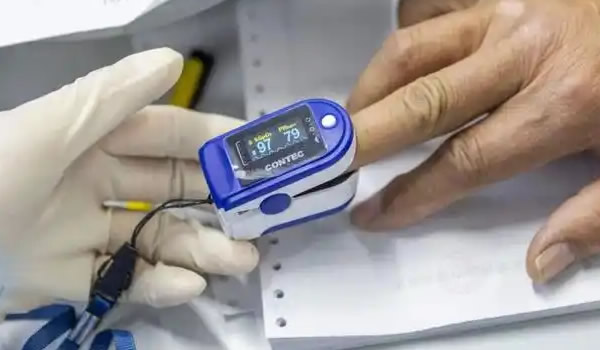Lung cancer remains the leading cause of cancer deaths in Asia, with smoking, pollution, and genetic predisposition as key drivers. Non-small cell lung cancer (NSCLC) dominates cases in Asia, while small cell lung cancer (SCLC) remains aggressive and less common. This article examines the treatment landscape—surgery, chemotherapy, targeted therapies, and immunotherapy—highlighting Asia’s unique challenges and future opportunities.

Lung Cancer in Asia: Epidemiology and Burden
- Global impact: Lung cancer causes over 1.8 million deaths annually.
- Asia’s numbers: China and India account for nearly half of global lung cancer deaths.
- Risk factors in Asia: High smoking prevalence, especially in men. Rising exposure to air pollution and industrial toxins. Genetic susceptibility (EGFR mutations more common in Asian populations).
Conventional Therapies
1. Surgery
- Lobectomy: Removal of an entire lung lobe; gold standard for early-stage NSCLC.
- Pneumonectomy: Entire lung removal; used in select cases.
- Video-Assisted Thoracoscopic Surgery (VATS): Minimally invasive approach growing across Asia.
- Challenges: Late diagnosis often makes surgery unfeasible; rural patients lack access to advanced surgical centers.
2. Chemotherapy
- Platinum-based regimens (cisplatin, carboplatin): Still widely used.
- Adjuvant therapy: Often given after surgery to reduce recurrence risk.
- Barriers in Asia: Side effects, limited access to supportive care, financial constraints.
Targeted Therapies: Asia’s Strength
EGFR Mutations
- More prevalent in Asians (30–50%) compared to Western patients (10–15%).
- EGFR inhibitors (gefitinib, erlotinib, osimertinib) widely used.
- Improved survival outcomes compared to chemotherapy.
ALK Rearrangements
- Drugs like crizotinib and alectinib showing strong responses.
ROS1, MET, and Other Mutations
- Targeted therapies expanding clinical options.
- Asian patients benefit significantly due to higher mutation prevalence.
Accessibility in Asia
- Japan & South Korea: Leaders in precision oncology.
- China & India: Expanding access through generics and local biotech innovation.
- Southeast Asia: Accessibility still limited in rural and low-income areas.

Immunotherapy: A New Frontier
Checkpoint Inhibitors
- Drugs like pembrolizumab, nivolumab, and atezolizumab target PD-1/PD-L1 pathways.
- Effective in advanced NSCLC, especially PD-L1 positive patients.
Challenges in Asia
- High treatment cost limits widespread access.
- Biomarker testing not uniformly available.
- Combination therapies (immunotherapy + chemotherapy) gaining traction.
Palliative and Supportive Care
- Radiotherapy: Used for local control and symptom relief.
- Palliative chemotherapy: Extends survival in advanced stages.
- Symptom management: Pain relief, respiratory therapy, psychological support.
Regional Insights
- China: Largest lung cancer burden; major investments in immunotherapy research.
- India: Rising prevalence due to smoking and pollution; cost barriers significant.
- Japan: Advanced screening programs, early detection improving surgical outcomes.
- South Korea & Singapore: Strong adoption of precision medicine and immunotherapy.
- Southeast Asia: Delayed diagnoses remain a challenge; limited oncology centers.
Future of Lung Cancer Treatment in Asia
- Liquid Biopsies Non-invasive blood tests for early detection and mutation analysis.
- AI in Imaging AI-powered CT scans improving early detection rates.
- Combination Therapies Immunotherapy combined with targeted therapy or chemotherapy showing promise.
- Policy & Accessibility Expanding insurance coverage and local drug production to reduce costs.

Conclusion
Lung cancer remains Asia’s deadliest cancer, but the treatment landscape is rapidly evolving. Surgery and chemotherapy remain essential, while targeted therapies and immunotherapy are transforming outcomes, especially for genetically predisposed Asian populations.
The future of lung cancer care in Asia lies in early detection, affordable access to precision therapies, and integration of AI-driven tools. By combining innovation with equitable access, Asia can reduce the devastating burden of lung cancer.